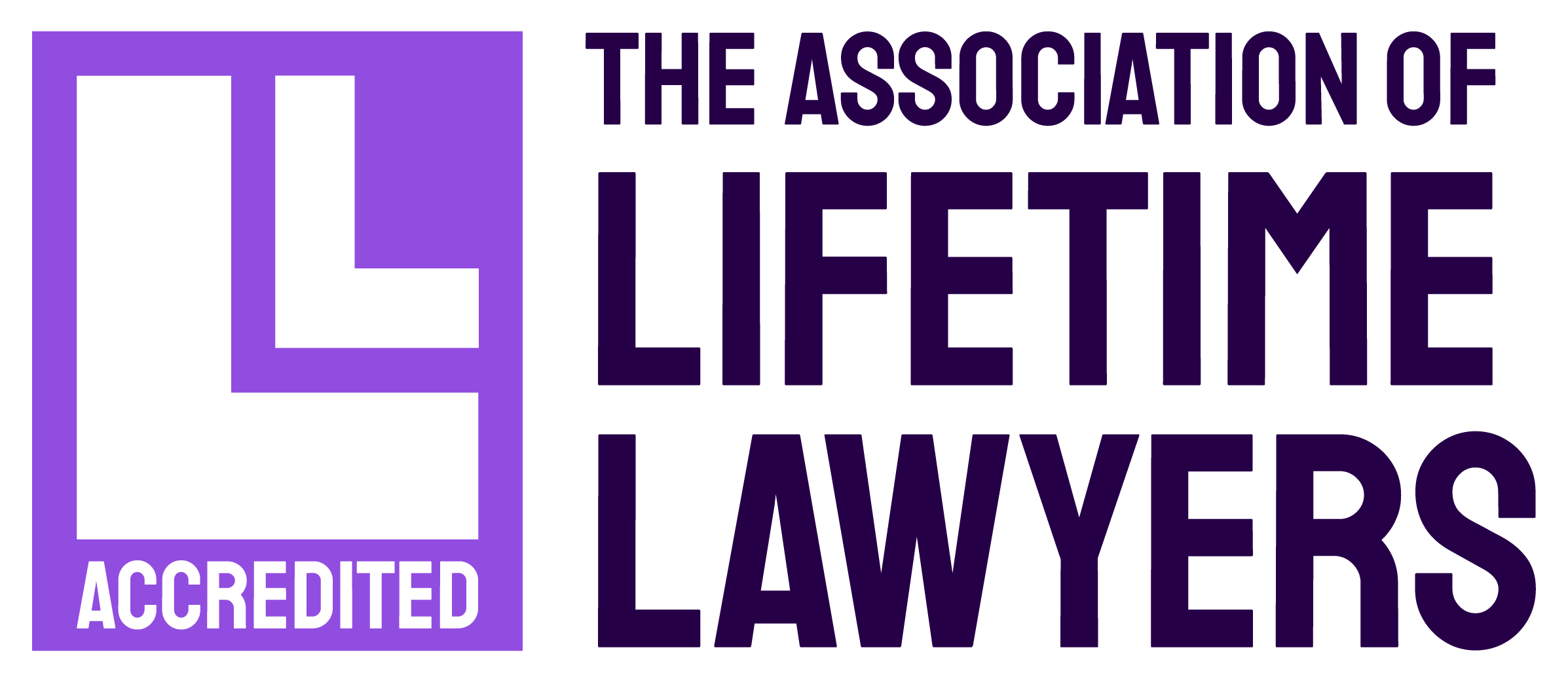The pandemic has seen record numbers of us undertaking DIY projects or getting tradesmen in to improve our homes. Our enthusiasm shows no sign of abating either, with the waiting list for builders stretching into next year.
Tiffany Whitwam, a solicitor in the Conveyancing team with Bailey Smailes agrees this trend is likely to continue and adds some words of caution, ‘Always make sure you get any necessary approvals, or you could run into problems when you come to sell your property.’
Here Tiffany looks at some of the issues, and how to ensure your home improvements do not cause problems when you later put your home on the market.
Planning permission, do you need it?
Not all alterations require planning permission. Generally, you will only need it if your proposed works constitute development. This has a special meaning under planning rules. It includes structural alterations and the sort of work a builder would ordinarily do. Non-structural work to the interior, like repainting the walls or replacing window frames, does not normally need permission, although special rules apply for listed buildings and conservation areas.
If your proposed works fall within the scope of permitted development rights, you will not require permission either. This exception covers some of the most common types of home improvement, such as small extensions and loft conversions. However, permitted rights are subject to conditions and limitations and may not apply in all locations.
Working out whether you need planning permission can sometimes be complicated. However, your solicitor, architect or local authority can help. If there is still doubt, we may suggest applying for a certificate of lawful development. This would give you peace of mind that your improvements are lawful from a planning perspective.
Not obtaining the appropriate planning permission can have serious consequences. The local planning authority could require you to restore your home to its original condition. Buyers will also want to see evidence of compliance as the planning authority could proceed against them, as owner, in the future.
Building regulations
Alterations may need building regulations approval, even if they do not need planning permission. Building regulations cover a wide range of work, for example, the structural integrity of foundations, adequate ventilation, and the safety of any electrical installations. They ensure minimum standards for the design and construction of buildings. Failure to comply could result in the local authority taking enforcement action, including requiring you to remedy any defects.
There are two ways to apply for building regulations approval: a full plans submission and a building notice submission. The former has the advantage of certainty: you know at the outset that, if you follow the approved plans and correct procedure, you will get a certificate of compliance on completion of the works. The building notice route is more ad hoc and involves staged inspections.
In either case, it is important to ensure the building inspector signs the work off when finished and you get a certificate of completion. Keep this safe, as your buyer is likely to want to see it.
Restrictions in your title deeds or lease
Your title deeds or lease may contain restrictions, which limit what you can do. For example, they may stop you building on your land without first getting consent from a third party.
Complying with these types of restriction can be problematical. For example, you may not know who to approach for consent in the case of a title restriction, particularly where the restriction was created a long time ago. Applying for your landlord’s consent is usually more straightforward, but you will need to factor in the time it will take and the additional cost.
Failure to comply with a restriction risks legal action. For example, if you fail to obtain the required consent from a neighbouring landowner for an extension, the neighbour could seek compensation or its removal. If you breach the terms of your lease, your landlord could seek to end your lease early.
When you come to sell, your buyers will want to be sure there have been no breaches of title restrictions which could affect them when they become owners of the property. So, it is important to obtain any necessary consents and keep them safe.
What to do when it comes to selling your home
Give copies of any documents relating to the alterations to your solicitor. This includes any consents, guarantees, or warranties. This will help answer the buyer’s pre-contact enquiries promptly and get your sale off to a good start. If necessary, we can usually obtain copies of planning permissions or building regulations notices from the local authority. However, this may slow things down a little, especially if they reveal issues which need further investigation.
Sometimes if you have not obtained consent when you should have, you can apply for planning permission or building regulations approval retrospectively. In any case, if the works are more than four years old, the council cannot usually take enforcement action over a planning breach. For building regulations, the period is one year. So, your buyer may agree to overlook a technical breach.
Unfortunately, there remains a small residual risk of enforcement action, for example if the council believes there is a serious safety risk. If necessary, a specialist report or suitable insurance cover may provide additional reassurance for the buyer and allow your sale to proceed.
You can also apply retrospectively for consent required under title and lease restrictions, or title insurance could provide a quicker, pragmatic solution. Approaching someone for retrospective consent could make the risk uninsurable, so it is important to discuss your situation with us early on. We can then help you make informed decisions and avoid any unintentional consequences.
We can help
For further information, please contact Tiffany Whitwam in the residential conveyancing team on 01484 435 543 or email tiffany.whitwam@baileysmailes.co.uk. Bailey Smailes has offices in Huddersfield and Holmfirth, West Yorkshire.





